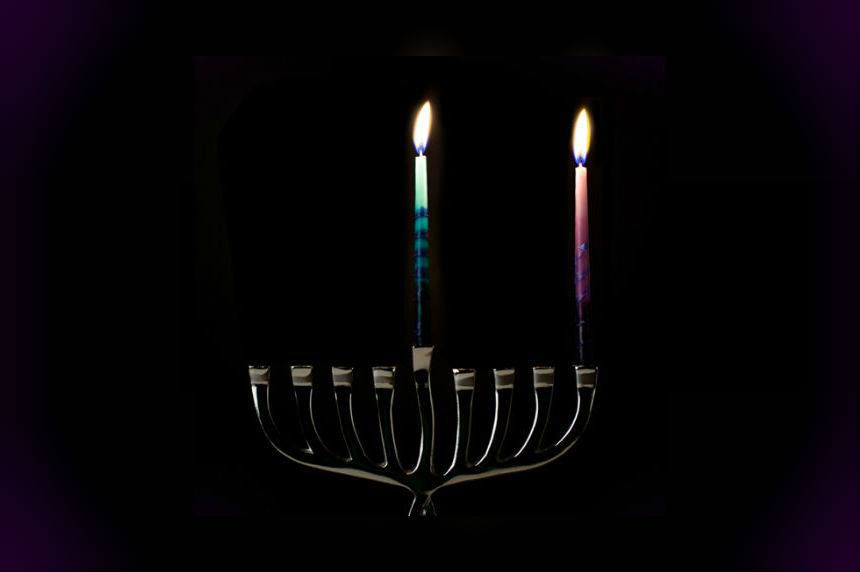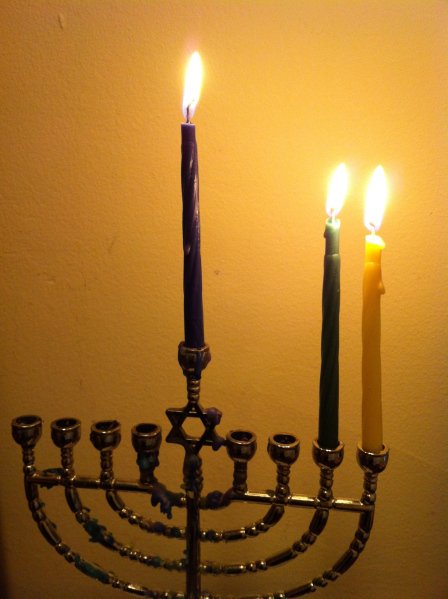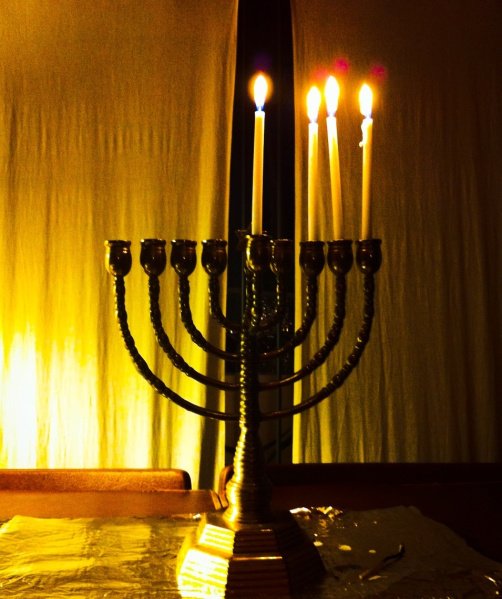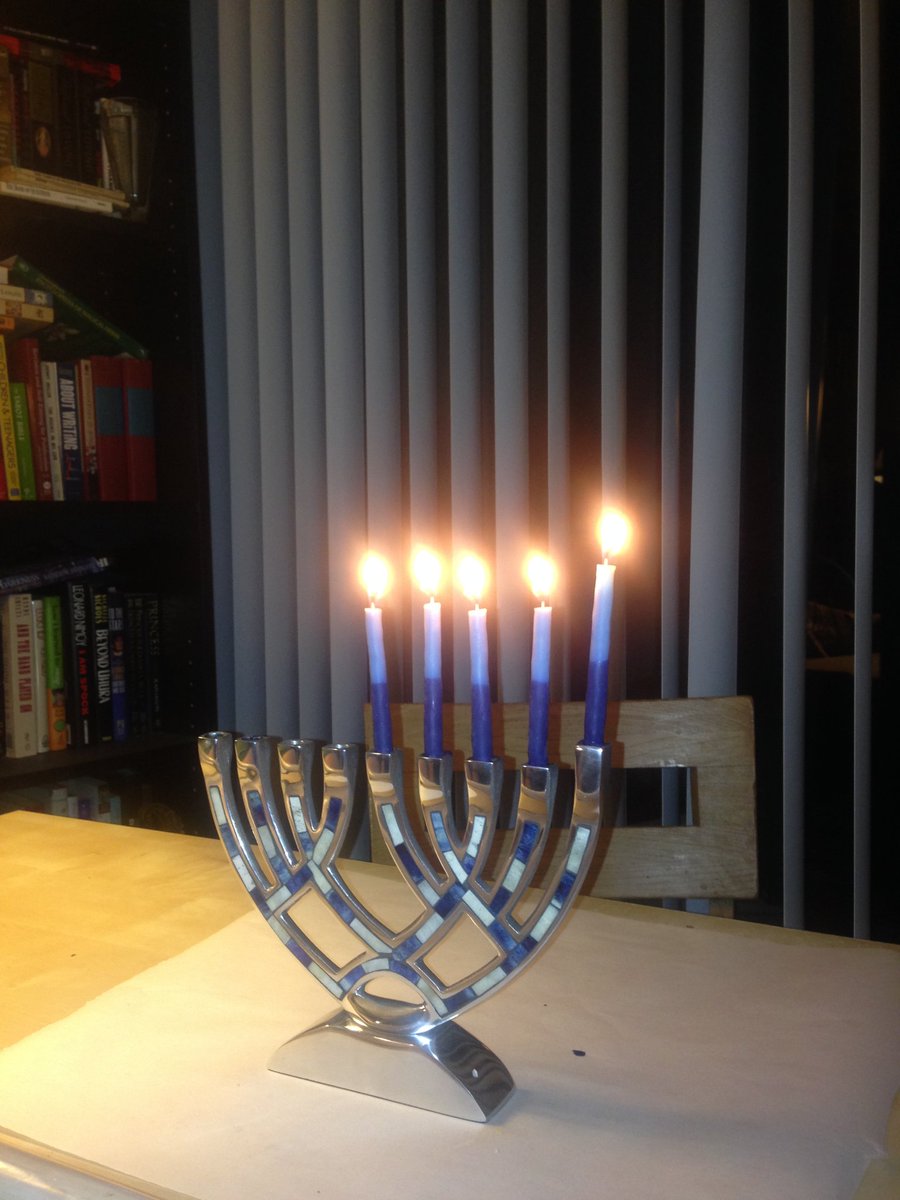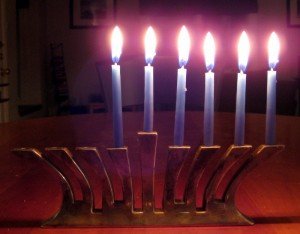#HappyHanukkah  ! Thought I'd do some tweets on #Semitic numerals, starting with one and seeing how many nights it lasts.
! Thought I'd do some tweets on #Semitic numerals, starting with one and seeing how many nights it lasts.
As argued by Aren Wilson-Wright, Proto-Semitic for 'one' was *ʕast-. *waħad- is originally an adjective, 'sole, only'. https://www.academia.edu/6503289/2014_The_Word_for_One_in_Proto_Semitic
 ! Thought I'd do some tweets on #Semitic numerals, starting with one and seeing how many nights it lasts.
! Thought I'd do some tweets on #Semitic numerals, starting with one and seeing how many nights it lasts.As argued by Aren Wilson-Wright, Proto-Semitic for 'one' was *ʕast-. *waħad- is originally an adjective, 'sole, only'. https://www.academia.edu/6503289/2014_The_Word_for_One_in_Proto_Semitic
*θnānV/*θnaynV 'two (masculine nominative/oblique)' is inflected as a dual (duh). It is one of the 2 words whose reflexes in Aramaic, Modern South Arabian, and Arabic allowed David Testen to reconstruct a word-initial consonant cluster in Proto-Semitic: https://www.journals.uchicago.edu/doi/abs/10.1086/373117?journalCode=jnes
'Three' in Arabic and Northwest Semitic is *θalāθ-. This form arose through assimilation from older *śalāθ-, reflected in Sabaic (ślθ) and Ge‘ez (śalās). A derived noun occurs in the Ge‘ez name Haile Selassie, 'Power of the Trinity'.
The root of 'four', *ʔarbaʕ-, is *rbʕ, cf. ordinal forms like Hebrew rbīʕī. The *ʔa- makes it look like a broken plural like e.g. Arabic ʔawlād- 'boys' or Ge‘ez ʔahgūr 'cities', but—correct me if I'm wrong—I don't think any other broken plurals have this exact pattern.
For 'five', Akkadian and Hebrew point towards *xamis-, while Arabic reflects *xams-. This could originally have been an alternating paradigm with vowel elision in the construct; Arabic often generalized the shorter form. Cf. R. C. Steiner on the process: https://www.academia.edu/44014300/Richard_C_Steiner_Vowel_Syncope_and_Syllable_Repair_Processes_in_Proto_Semitic_Construct_Forms_A_New_Reconstruction_Based_on_the_Law_of_Diminishing_Conditioning_in_Language_and_Nature_Presented_to_John_Huehnergard_on_his_60th_Birthday_Chicago_Oriental_Institute_2012_365_390

 Read on Twitter
Read on Twitter